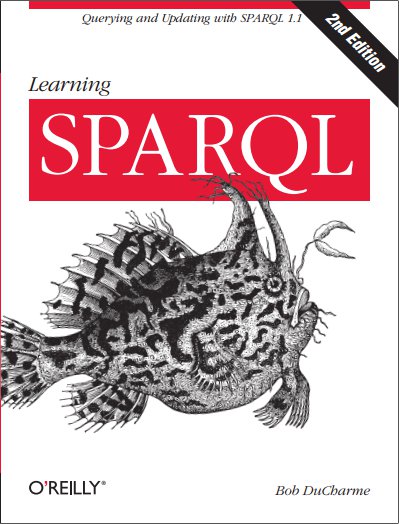At a recent W3C Government Linked Data Working Group working group meeting, I started thinking more about the role in linked data of laws that are published online. To summarize, you don’t want to publish the laws themselves as triples, because they’re a bad fit for the triples data model, but as online resources relevant to a lot of issues out there, they make an excellent set of resources to point to, although you may not always get the granularity you want.
I’ve managed to fill a key gap in the world’s supply of Linked Open Data by publishing triples that connect Mad Magazine film parody titles to the DBpedia URIs of the actual films. For example:
The following two links won’t do much if you click them now, but if you drag them to your bookmarks toolbar, clicking the first one there while viewing a Wikipedia page will take you to the corresponding DBpedia page, and clicking the second while viewing the Freebase page for a particular topic will take you to the page full of RDF for that topic.
There are probably dozens of ways to convert comma-separated values to parsable RDF, but I recently came up with one that was so simple that I wanted to share it.
If we replaced Facebook with a decentralized collection of cooperating services that provide a similar collection of features, obvious candidates for some of these services are FOAF files, twitter, and flickr, but what would coordinate those services? Some have APIs and can store information that lets you make connections between the different services, so I wrote something to make one of those connections.
OK, it’s a rhetorical question. I know the answer: we can attach metadata to class and property declarations, so when we know that a given instance is a member of a particular class and has certain properties, if those are declared, we know more about the instance and can do more with it, not least of all aggregate it more easily with other data that uses the same or related classes and properties.
I’ve played with finance.yahoo.com’s feed of CSV stock ticker data before and recently had an idea that was so simple that I’m surprised that no one’s done it before: why not write a script that passes along a request for this data but converts the result to RDF before returning it? So I did.
About two years ago I wondered if RDF Schema had become merely a layer of OWL or if anyone used RDFS by itself without OWL. My theory was that because tools such as TopBraidComposer, Protege, and SWOOP that let you design RDFS vocabularies also let you assign OWL properties to your classes, people used those because they were there, and we ended up with few pure RDFS vocabularies.

